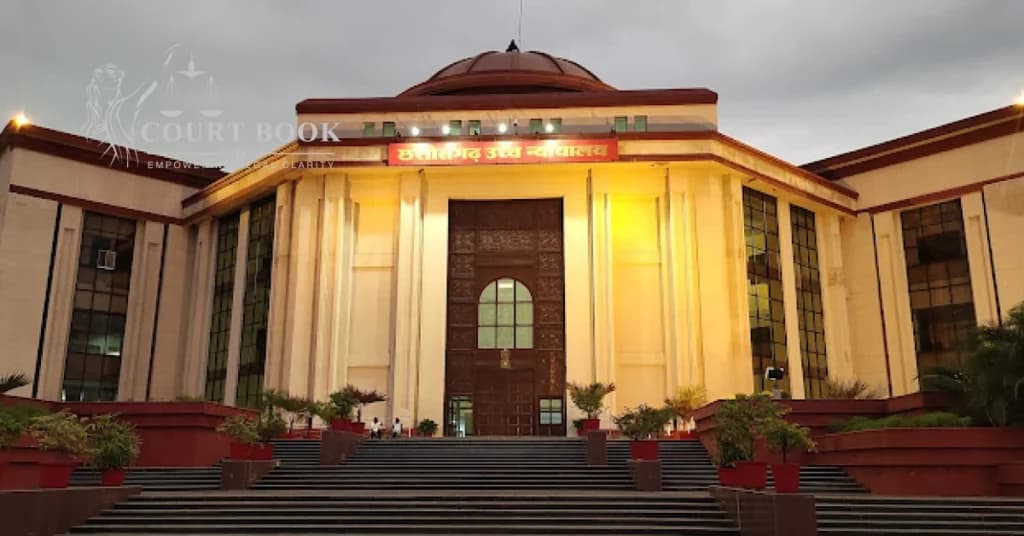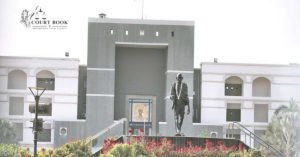In a landmark ruling, the Chhattisgarh High Court has made it clear that Naxal attacks are not just ordinary crimes but well-planned, politically motivated acts of insurgency. The court emphasized that these attacks aim to destabilize the state, overthrow democracy, and terrorize the security forces, making them a grave threat to national security.
Read also: Chhattisgarh High Court Informed: Closure Report Filed in POCSO Case Against Mohammed Zubair
A Division Bench of Chief Justice Ramesh Sinha and Justice Ravindra Kumar Agrawal explained:
"The attacks by the Naxals are premeditated, highly organized, and politically motivated, making them far more dangerous than ordinary crimes. Unlike common crimes such as theft, robbery, or even homicide, Naxalite attacks are acts of insurgency aimed at destabilizing the State."
The court detailed how Naxalite attacks involve guerrilla warfare, ambushes, and sophisticated weapons like IEDs (Improvised Explosive Devices) and landmines. Their primary targets are security personnel, including the Central Reserve Police Force (CRPF), police, and paramilitary forces.
Read also: Chhattisgarh HC Calls for Relaxation of Rigid Bail Conditions Under Section 45 PMLA
The court further noted:
"Naxalites operate in remote, forested areas where collecting forensic evidence is difficult. Witnesses fear retaliation, and many of these insurgents use aliases, making identification and conviction challenging. In such cases, circumstantial evidence plays a crucial role in securing convictions."
Background of the Case
The High Court was hearing multiple criminal appeals filed under Section 374(2) of the Code of Criminal Procedure (CrPC). These appeals challenged the order passed by the Special Judge under the National Investigation Agency (NIA) Act and the First Additional Sessions Judge, North Bastar, Kanker, Chhattisgarh. The appellants had been convicted under Sections 148, 120B, and 302/149 of the Indian Penal Code (IPC).
Read also: Supreme Court Grants Interim Bail to Ex-Civil Servants in Chhattisgarh Coal Levy Scam Case
The case revolved around an FIR lodged by Smt. Devli Koratia, the wife of the deceased Dadusingh Karotia. According to the complainant, the attack happened as follows:
- The deceased was at home with his wife and daughter when two individuals arrived with a 12-year-old boy needing medical attention.
- The visitors were advised to go to a hospital. However, soon after, they attacked Dadusingh Karotia with sharp weapons and then shot him dead outside their house.
- Around 10-12 people, including the accused, stood outside, chanting slogans like “Lal Salaam Zindabad” and “RSS goons should die like this” before fleeing the scene.
The police conducted an investigation, collected forensic evidence, recorded witness statements, and recovered Maoist banners and pamphlets from the crime scene. The case was then transferred to the Special Court under the NIA Act.
During the trial, the prosecution presented:
- 35 witnesses
- 61 documentary pieces of evidence
Based on the evidence, the trial court convicted the accused under IPC Sections 148 (rioting, armed with deadly weapons), 120B (criminal conspiracy), and 302/149 (murder committed by an unlawful assembly).
Aggrieved by the conviction, the accused approached the High Court, arguing that:
- The trial court failed to appreciate the evidence correctly.
- There was no direct proof that the accused had fired the gunshots.
- Merely standing outside the house with a group of people did not prove participation in the crime.
- The conviction was not supported by legal evidence or eyewitness testimony.
The State, however, defended the conviction, stating that the prosecution had presented clear, clinching evidence, and the trial court had rightly convicted the accused.
Was the Death Homicidal?
The court examined the postmortem report, which showed:
- The victim had a severe head injury and a gunshot wound to the chest.
- Both injuries were individually and collectively sufficient to cause death.
- The injuries were antemortem, confirming that the victim had been attacked before death.
Based on this, the High Court affirmed the trial court’s finding that the death was homicidal in nature.
“The finding recorded by the trial Court is based on evidence available on record and is neither perverse nor contrary to record.”
Despite some inconsistencies in the witness statements, the court noted that:
- PW-1 (the victim’s wife) was an eyewitness who filed the FIR.
- She had named the accused in her deposition.
- The accused were part of a gathering that chanted slogans supporting the killing immediately after the murder.
Since they were part of an unlawful assembly, Section 149 IPC came into play.
The court explained:
"Section 149 IPC states that if any member of an unlawful assembly commits an offence in prosecution of a common object, every person in that assembly is guilty of that offence, even if they did not directly commit the act."
Further, the judgment clarified:
"Section 149 IPC creates a constructive or vicarious liability. If murder is committed by one member of an unlawful assembly in pursuance of the common objective, all members are held guilty, even if they did not personally cause harm."
Since the accused stood in a group with armed Naxalites and actively supported the murder, the court ruled that they were guilty under Section 149 IPC.
The High Court concluded that:
- The prosecution proved the guilt of the accused beyond reasonable doubt.
- The trial court’s conviction was legally sound and backed by strong evidence.
- The accused, as members of an unlawful assembly, were rightly held guilty under Sections 148, 120B, and 302/149 IPC.
Dismissing the appeals, the court ruled:
"We are of the considered opinion that the prosecution has been successful in proving its case beyond reasonable doubt, and the learned trial Court has not committed any legal or factual error in convicting the appellants."
Case Details:
Case Number: CRA No. 354 of 2024 (and batch)
Case Title: Sunher Pudo v. State of Chhattisgarh (and batch)
Date: 26.03.2025













